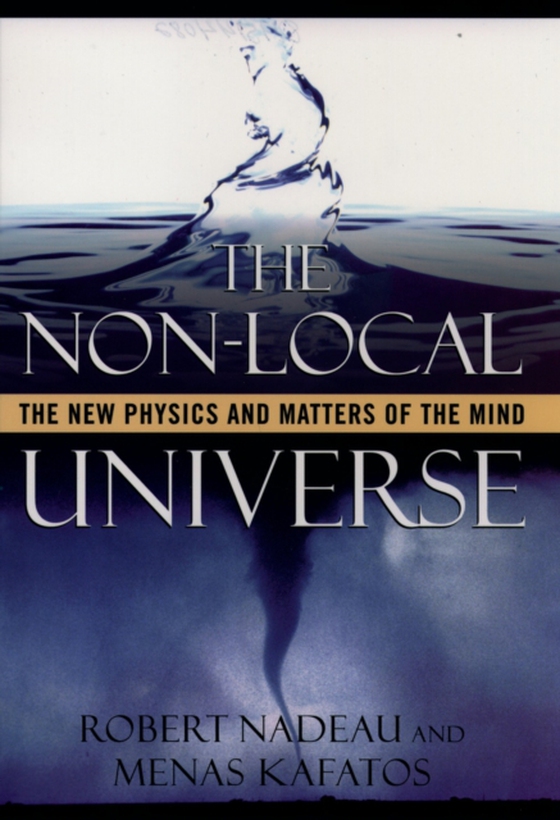
Non-Local Universe e-bog
132,05 DKK
(ekskl. moms 105,64 DKK)
Classical physics states that physical reality is local--a point in space cannot influence another point beyond a relatively short distance. However, In 1997, experiments were conducted in which light particles (photons) originated under certain conditions and traveled in opposite directions to detectors located about seven miles apart. The amazing results indicated that the photons "e;inte...
E-bog
132,05 DKK
Forlag
Oxford University Press
Udgivet
31 maj 2001
Genrer
AVGC1
Sprog
English
Format
pdf
Beskyttelse
LCP
ISBN
9780198030416
Classical physics states that physical reality is local--a point in space cannot influence another point beyond a relatively short distance. However, In 1997, experiments were conducted in which light particles (photons) originated under certain conditions and traveled in opposite directions to detectors located about seven miles apart. The amazing results indicated that the photons "e;interacted"e; or "e;communicated"e; with one another instantly or "e;in no time."e; Since a distance of seven miles is quite vast in quantum physics, this led physicists to an extraordinary conclusion--even if experiments could somehow be conducted in which the distance between the detectors was half-way across the known universe, the results would indicate that interaction or communication between the photons would be instantaneous. What was revealed in these little-known experiments in 1997 is that physical reality is non-local--a discovery that Robert Nadeau and Menas Kafatos view as "e;the most momentous in the history of science."e; In The Non-Local Universe, Nadeau and Kafatos offer a revolutionary look at the breathtaking implications of non-locality. They argue that since every particle in the universe has been "e;entangled"e; with other particles like the two photons in the 1997 experiments, physical reality on the most basic level is an undivided wholeness. In addition to demonstrating that physical processes are vastly interdependent and interactive, they also show that more complex systems in both physics and biology display emergent properties and/or behaviors that cannot be explained in the terms of the sum of parts. One of the most startling implications of non-locality in human terms, claim the authors, is that there is no longer any basis for believing in the stark division between mind and world that has preoccupied much of western thought since the seventeenth century. And they also make a convincing case that human consciousness can now be viewed as emergent from and seamlessly connected with the entire cosmos. In pursuing this groundbreaking argument, the authors not only provide a fascinating history of developments that led to the discovery of non-locality and the sometimes heated debate between the great scientists responsible for these discoveries. They also argue that advances in scientific knowledge have further eroded the boundaries between physics and biology, and that recent studies on the evolution of the human brain suggest that the logical foundations of mathematics and ordinary language are much more similar than we previously imagined. What this new knowledge reveals, the authors conclude, is that the connection between mind and nature is far more intimate than we previously dared to imagine. What they offer is a revolutionary look at the implications of non-locality, implications that reach deep into that most intimate aspect of humanity--consciousness.
 Dansk
Dansk

